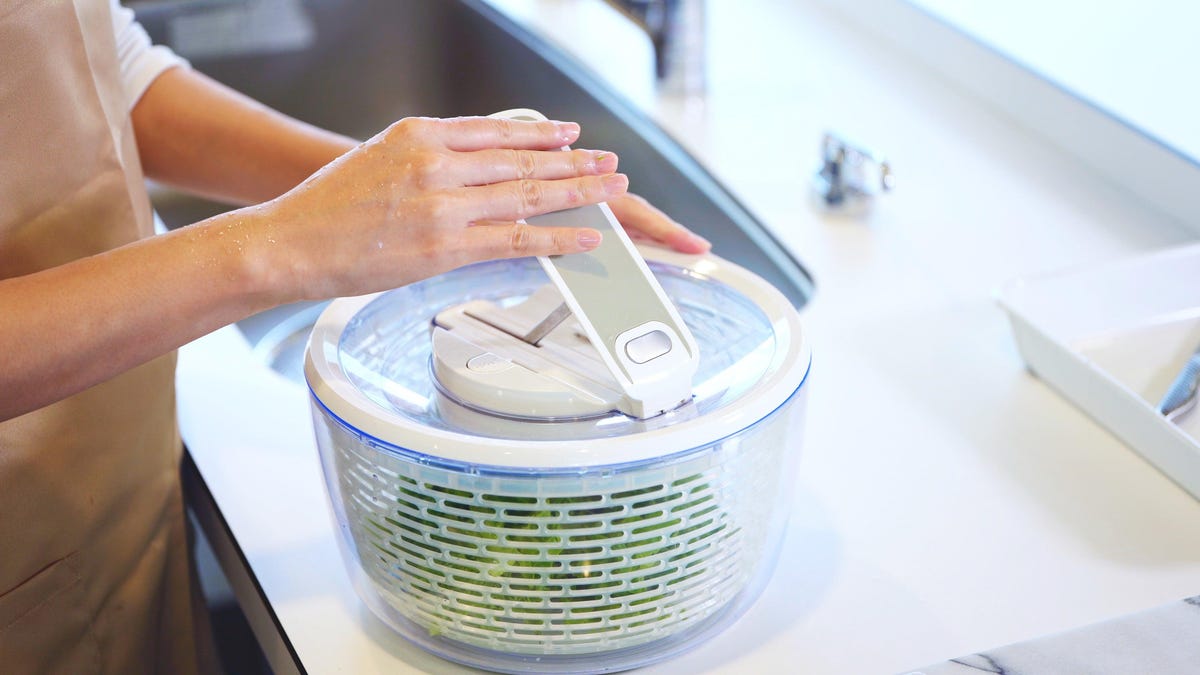
A hungry badger searching for food seems to have uncovered what turned out to be hundreds of Roman coins in a Spanish cave, according to a new study.
Archaeologists first discovered several coins laying on the ground at the entrance to a small cave in the woodlands outside Grado in northern Spain in April 2021. The researchers suspect that the coins were unearthed by a European badger (Meles meles) from a nearby den after a heavy storm dumped several feet of snow on the ground, making it harder for animals to find food. The hungry badger probably ventured into the cave looking for something to eat but came across the coins instead.
After fully excavating the cave, researchers collected 209 coins dating to between the third and fifth centuries A.D., according to Spanish news site El Pais. Further analysis revealed the coins, which were mostly made from copper and bronze, had been minted at various locations across the Roman Empire including Constantinople (now Istanbul), Thessaloniki in Greece and London. The team published their findings Dec. 21, 2021, in the journal Notebooks of Prehistory and Archeology of the Autonomous University of Madrid.
Related: The most amazing coin treasures uncovered in 2021
“To date, this is the largest treasure trove of Roman coins found in a cave in northern Spain,” the researchers wrote in their paper. They described the discovery as an “exceptional find.”
In the late 1930s, a collection of 14 gold Roman coins, known as the Chapipi treasure, was also found in the same woodlands. The researchers believe that local people may have buried their coins to keep them safe during a period of intense political instability in the region. The most recent coin in the newly discovered Grado collection dates to A.D. 430, which was after the Suebi — a group of Germanic people originally from modern-day Germany and the Czech Republic — invaded and pushed the Romans out of Spain in A.D. 409, according to El Pais.
“The accumulation of significant finds could — with caution — be seen as a response to the intense conflict experienced in the border territory,” lead researcher Alfonso Fanjul Peraza, an archaeologist at the Autonomous University of Madrid, told El Pais.
The researchers suspect that the newly discovered coins are part of a larger hoard and will return to the cave for further excavations to look for more coins and evidence that the cave may also have been inhabited by displaced Roman people. “We want to know if it was a one-off hiding place, or if there was a group of humans living there,” Peraza told El Pais.
Originally published on Live Science.

Harry is a U.K.-based staff writer at Live Science. He studied Marine Biology at the University of Exeter (Penryn campus) and after graduating started his own blog site “Marine Madness,” which he continues to run with other ocean enthusiasts. He is also interested in evolution, climate change, robots, space exploration, environmental conservation and anything that’s been fossilized. When not at work he can be found watching sci-fi films, playing old Pokemon games or running (probably slower than he’d like).
Note: This article have been indexed to our site. We do not claim legitimacy, ownership or copyright of any of the content above. To see the article at original source Click Here












